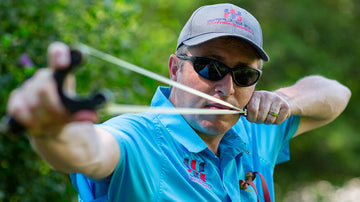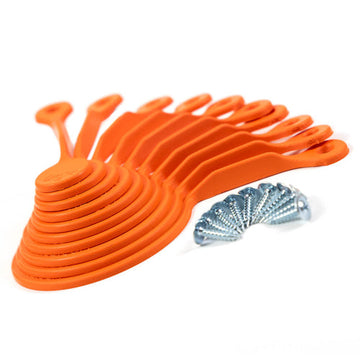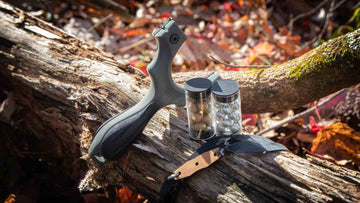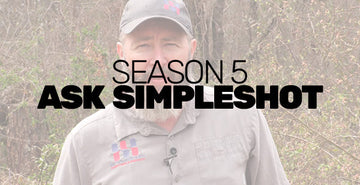Slingshot Events

CSCC Invitational
Best Wishes Nathan! Nathan is currently in China representing Team SimpleShot and the USA at...
Read more



You must be 18 years or older to purchase or use slingshots and related gear from SimpleShot.
Always follow local laws and practice safe shooting.
Are you 18 years old or older?
Sorry, the content of this store can't be seen by a younger audience. Come back when you're older.

